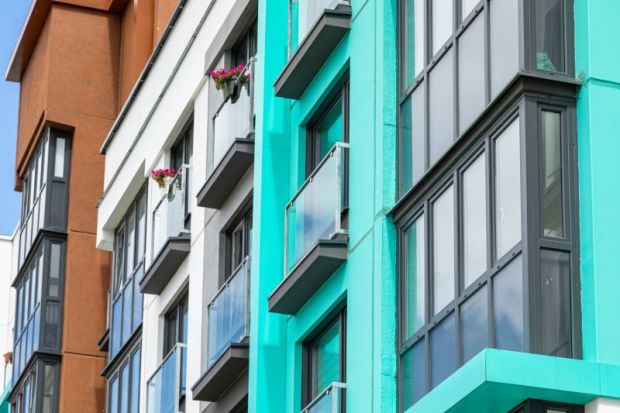Urban areas with student halls of residence saw a “substantial and persistent” rise in Covid-19 cases last autumn that then spilled over into neighbouring communities, a new data analysis suggests.
Researchers from the University of Stirling gathered the exact locations of halls of residence for universities in Scotland and then analysed the daily number of recorded cases in their neighbourhoods compared with surrounding districts.
They then also looked at case numbers in these surrounding areas compared with districts even further afield to see if there was any evidence of a “spillover” effect in infections.
The results indicated that there was a major rise in Covid cases in the second half of September in the areas where halls were located compared with surrounding districts.
Additional analysis of the data suggested that the timing of the rise could be linked with institutions that started on 14 September, including those with large urban campuses in Glasgow and Edinburgh.
Further, the researchers also found “evidence of spillovers with the transmission of the virus extending beyond areas containing halls”.
“Those locations nearest to student halls see an increase in cases (relative to their surrounding areas) approximately one week after the spike that was detected in the students’ neighbourhoods,” the preprint in Covid Economics, which is yet to formally undergo peer review, says.
The data from areas containing halls of residence suggest that after a peak in cases around 28 September, infections declined, possibly due to extra measures brought in including “the isolation of hundreds of identified and suspected cases and their contacts in halls and the requirement to avoid socialising in pubs and restaurants”.
However, cases remained “stubbornly” high until November, the paper says, while the “spillover” effect also appeared to continue for several weeks.
The paper says that even given the backdrop of existing Covid restrictions that had been brought in before term started – such as the wearing of masks and social distancing – student migration at the start of term “represented a risk for areas hosting the halls and for their surroundings”.
“The outbreaks were ultimately dealt with, but the adverse direct and indirect health effects and the containment measures adopted were socially costly.”
The paper cites figures suggesting that universities add an extra £4.6 billion to the Scottish economy, but says that in a pandemic “these benefits must be weighed against the costs associated with the potential exposure of the public to Covid-19, including hospital capacity, health risks, and long-term health issues”.
Hector Rufrancos, a co-author of the paper and lecturer in economics at Stirling, said that the results showed policymakers needed to think carefully about how universities approached the next academic year, even with the vaccination programme in Scotland likely to reach 18-year-olds in the coming weeks.
“Last autumn there was no impact of face-to-face teaching. All this was simply students moving into halls,” he said, adding that if there is a full resumption of face-to-face teaching, “policymakers need to be having appropriate discussions with public health people to see how one can safely resume these activities”.
He added that given some universities relied financially on income from student accommodation, governments might also need “to step in” and support institutions that have fewer students in halls because of the pandemic.
Register to continue
Why register?
- Registration is free and only takes a moment
- Once registered, you can read 3 articles a month
- Sign up for our newsletter
Subscribe
Or subscribe for unlimited access to:
- Unlimited access to news, views, insights & reviews
- Digital editions
- Digital access to THE’s university and college rankings analysis
Already registered or a current subscriber? Login








